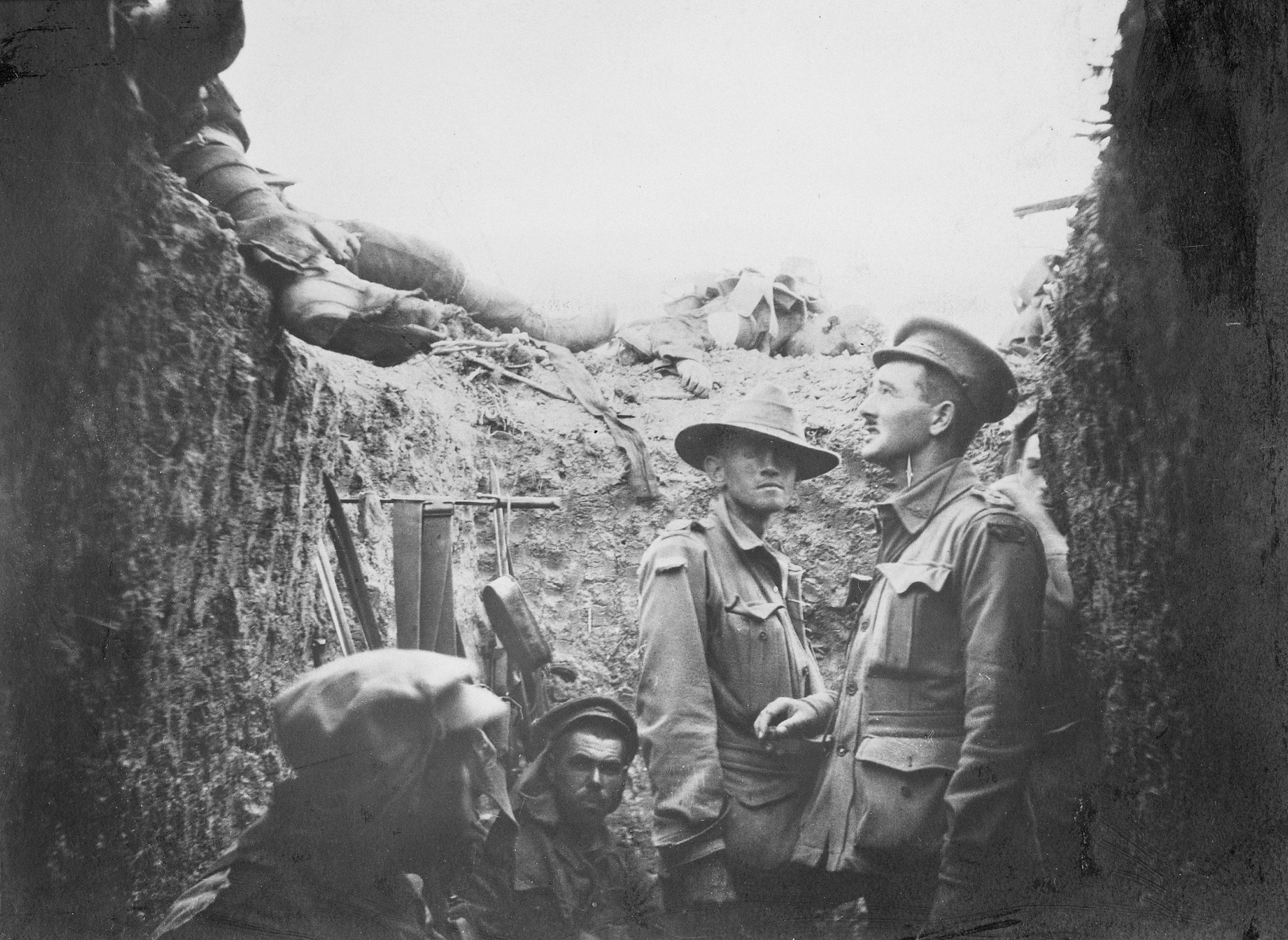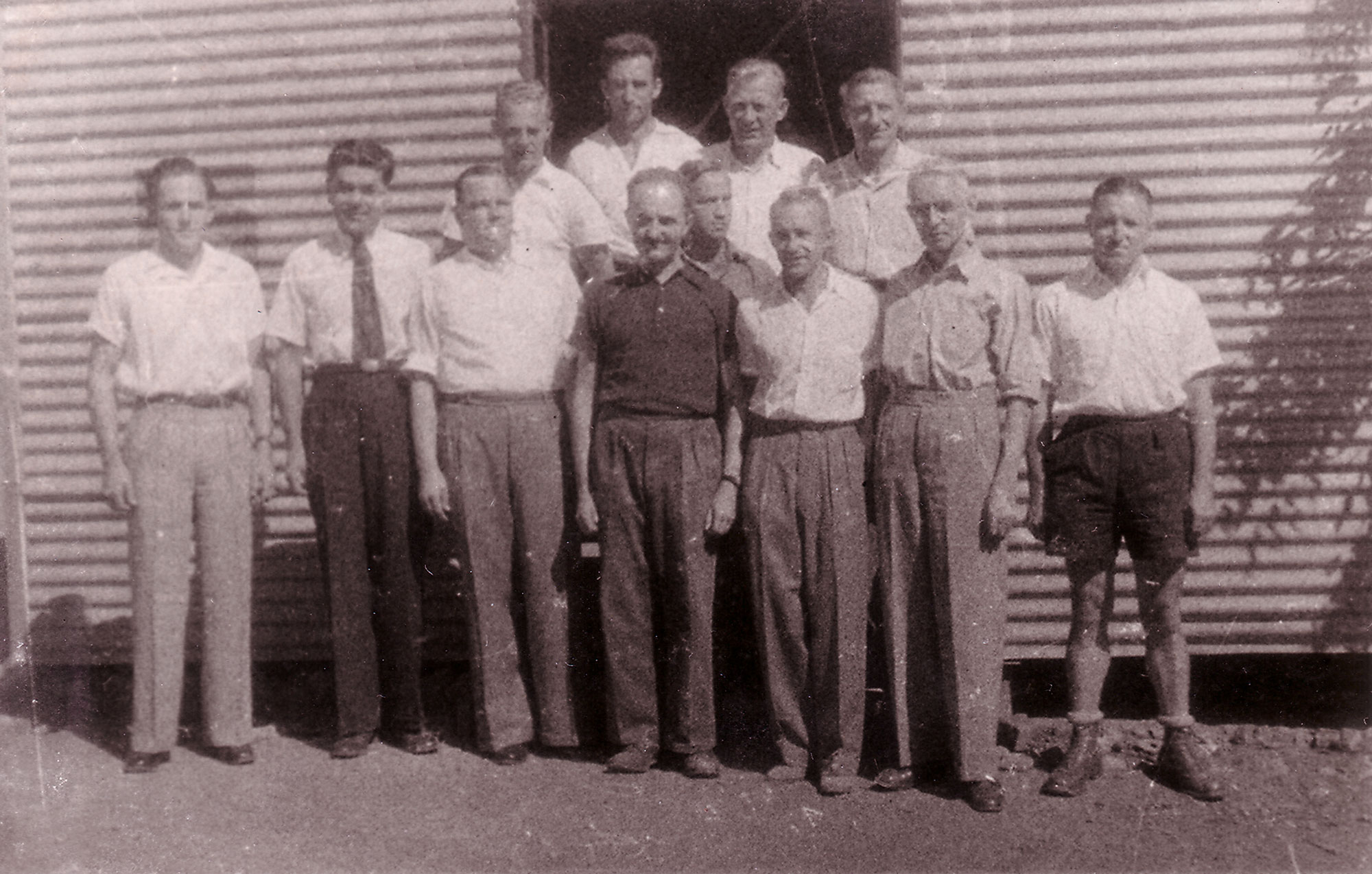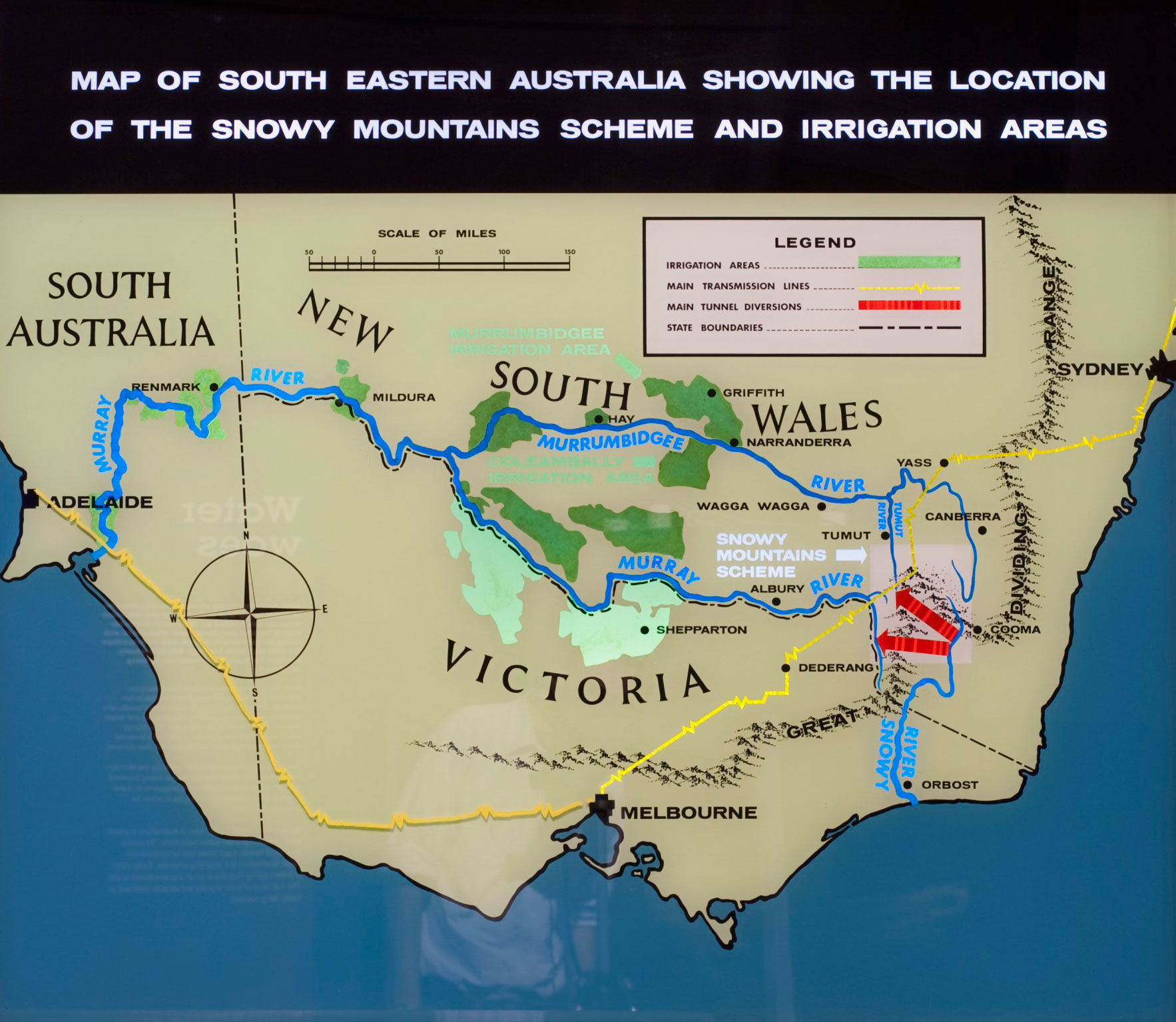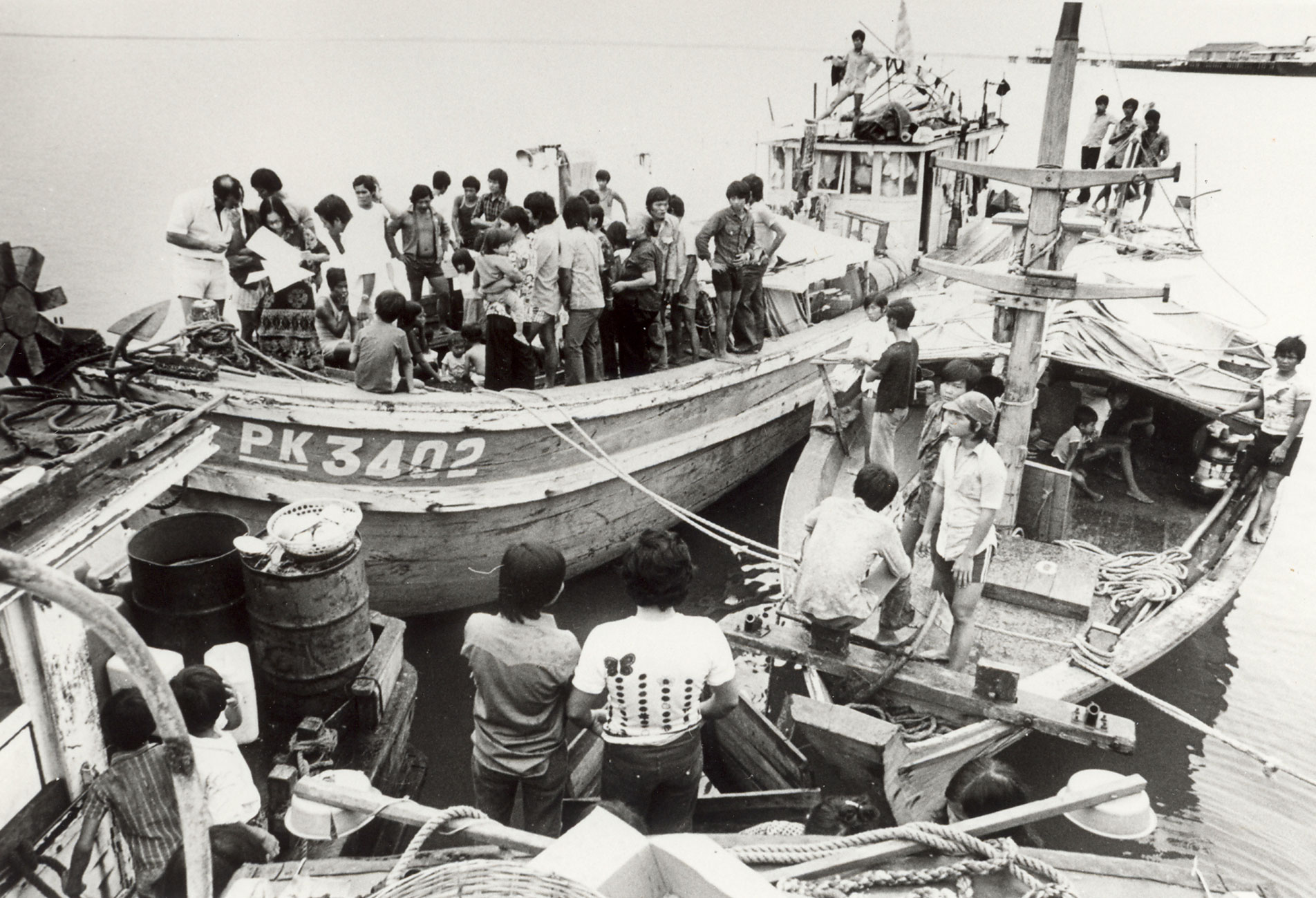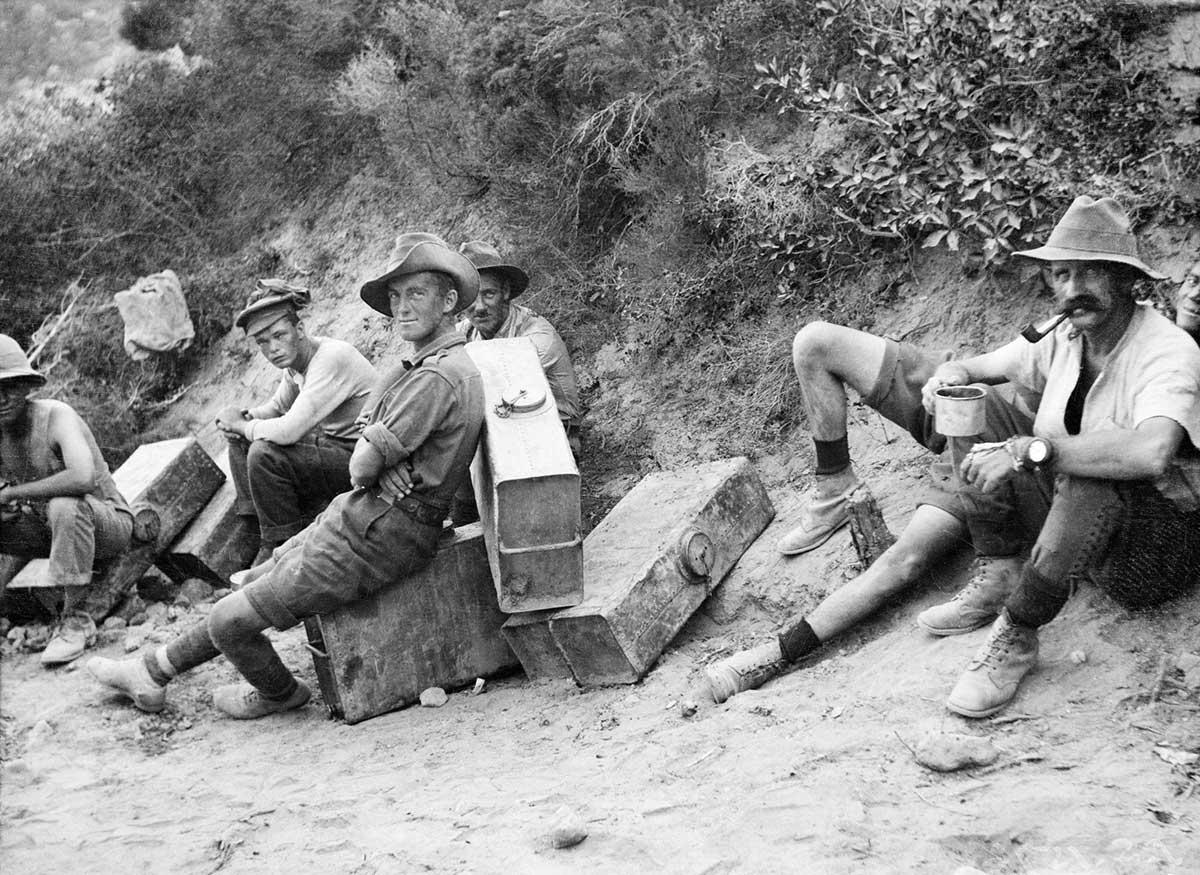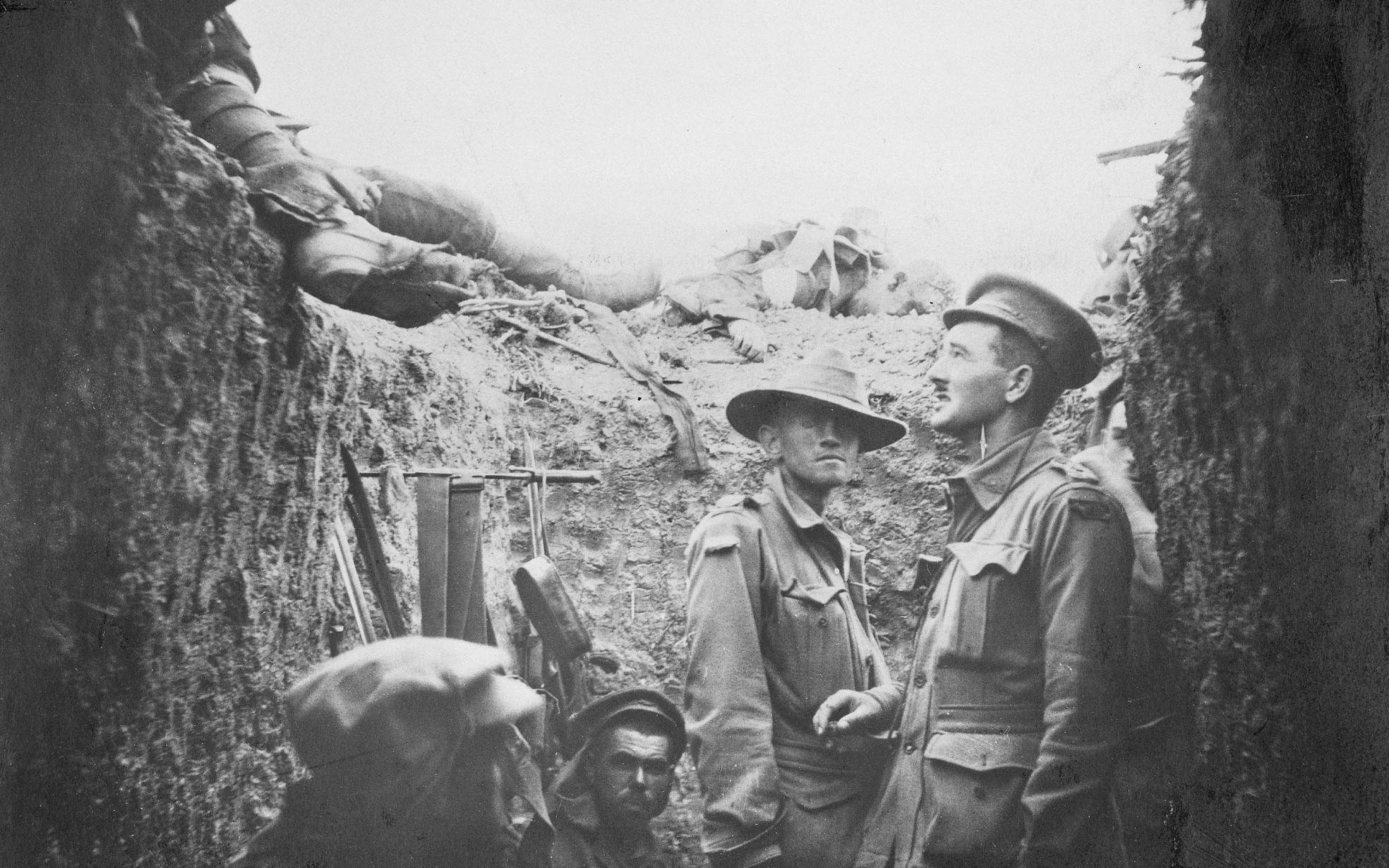Learning module:
Australia since Federation Defining Moments, 1901–present
Investigation 6: Significant groups
6.2 1907 Life savers

Based on the Defining Moment in Australian history: 1907 ‘Envied by all men, adored by all women’ — First life saving club
Imagine that you love swimming at a beach.
But your local beach can be dangerous. Sometimes there are sharks, and sometimes there are currents that can sweep you out to sea.
Then one day you learn that a group of people who are trained in lifesaving are volunteering to watch the beach all day, and help anybody who is in trouble.
How do you feel about this? What impacts will this have on your local beach?
Discuss these questions, then see what happened with one group in Australia.
Read the information below and use it to answer the Significant groups in Australian history questions at the bottom.
Life savers information file
In 1907 the first lifesaving club was founded at Bondi Beach, Sydney. Several others soon followed at other popular beaches.
During most of the 1800s it was against the law for people to swim in the surf during daylight hours. In 1905 that law was changed. People could now swim legally at popular beaches. This meant that a lot of people would now be in danger.
Volunteers got together and formed clubs. They trained in rescuing people, and treating them if they had swallowed water. These clubs started competing against each other in events such as swimming and rowing surf boats.
Lifesavers have saved thousands of lives. One day in February 1938 a series of freak waves hit Bondi Beach. Hundreds of people were swept out to sea. Lifesavers brought back between 200 and 300 people, but five people died. Far more would have died if the lifesavers had not been there.
Today lifesavers are thought of as a symbol of Australia. Images of them are often used in tourism advertising.
Significant groups in Australia history
1. What was this group?
2. When did the event(s) happen?
3. What important thing(s) did the group do?
4. What problems did the group have to overcome?
5. What was the outcome or effect of what the group did?
6. What qualities did the people in this group have?
7. Why was this group significant or important in Australian history?
8. If you could meet this group and ask them three questions, what would they be?
9. If you were advising the National Museum of Australia on an object that it could display to tell the story of this group, what would you suggest? You can see what objects the Museum has using the National Museum of Australia Collection Explorer.







